1. Everest Base Camp
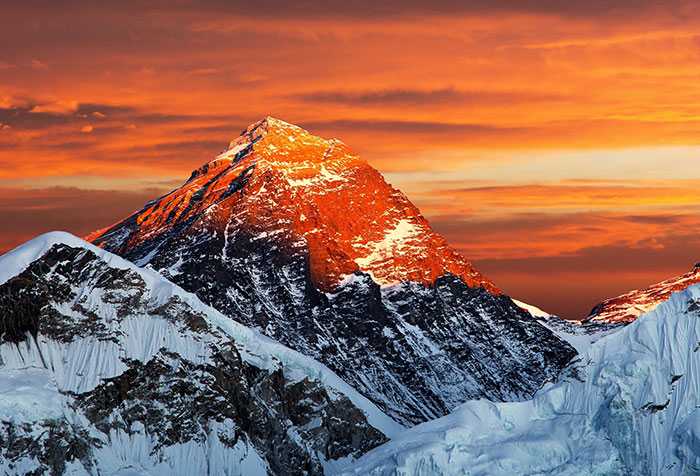
Read more about Everest North Base Camp
Location: Khumjung, Nepal
Best time to visit: March to May and September-October
Entry fee: The base camp lies inside the Sagarmatha National Park, and the Gaurishankar Conservation Area and entrance fees for both has to be paid. For the first one, it is NPR 1695 for residents of SAARC countries, NPR 3390 for other foreigners (all inclusive of VAT), and for the second - NPR 226 for residents of SAARC countries, NPR 2260 for other foreigners
2. Chitwan National Park
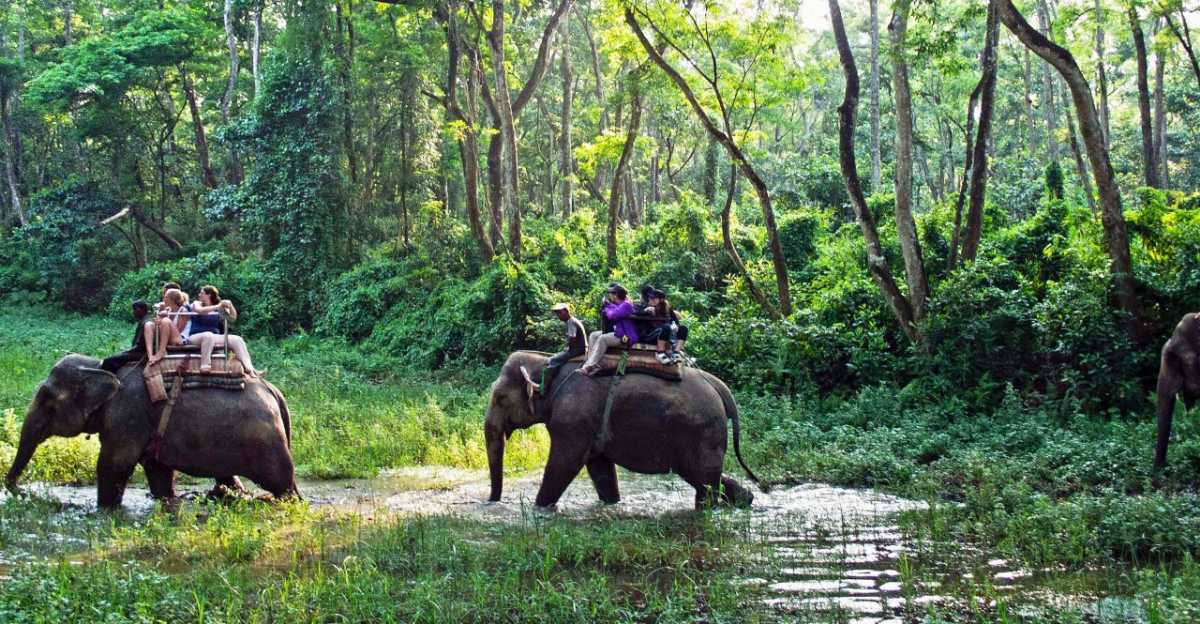
Lying in the southern Terai plains, a visit to Chitwan National Park is recommended not only for animal lovers but for all people. The lush green forests, the lakes and the hundreds of species of animals and birds together combine to create a stunning landscape at this beautiful place In Nepal. It is even a UNESCO World Heritage Site and houses critically endangered animals like the Royal Bengal Tiger, one-horned rhinoceros and gharial crocodiles. Expect to get more close to nature in the form of elephant rides, bird watching, canoeing and jeep safaris that take you deep inside the jungle.
Location: Subarnapur, Nepal
Best time to visit: January to March
Entry fee: NPR 850 for residents of SAARC countries, NPR 1700 for other foreigners
3. Phewa Lake
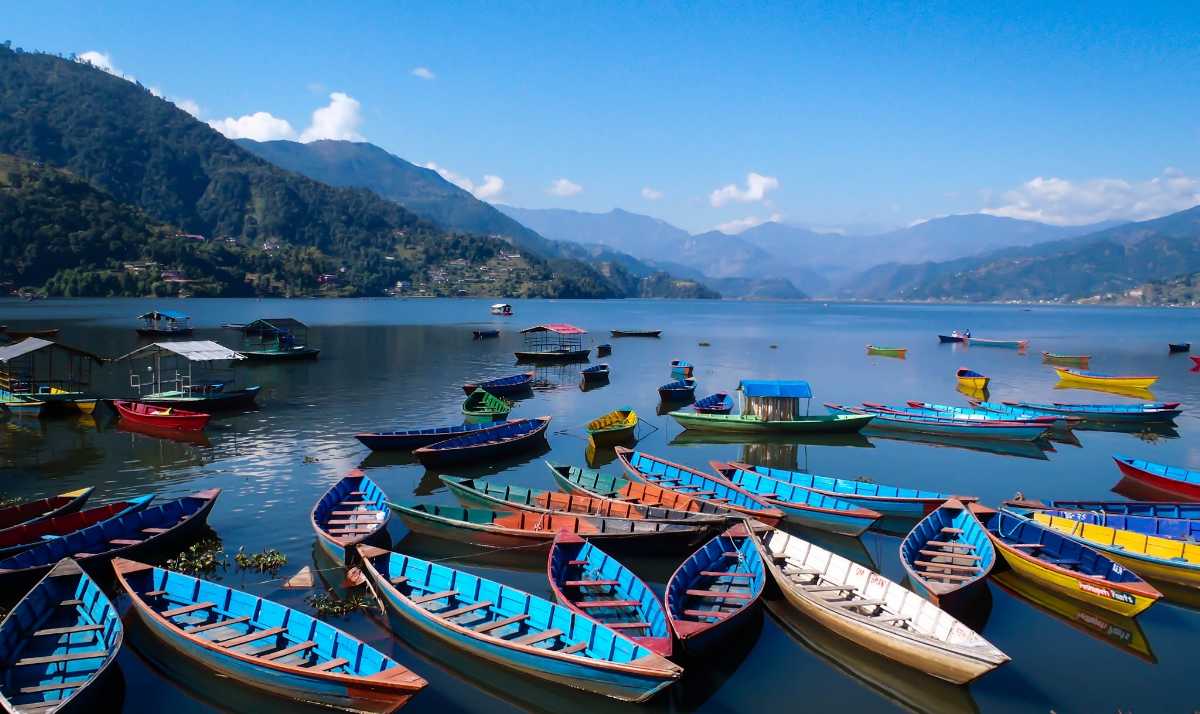
The second-largest freshwater lake in Nepal, Phewa Lake is top-rated among tourists. It is vast and breathtaking, surrounded by the Annapurna, Machhapuchhre and Dhaulagiri mountain ranges, forests on one side, and the Tal Barahi Temple which lies amidst the lake. Boating at Phewa Lake especially at sunsets is one of the must-do activities in Nepal, to witness the play of colours in the evening sky, the reflection of the mountains in the water and the lights of the numerous cafes and entertainment areas lining the lake, making for wonderful snapshots.
Location: Pokhara city, Kaski district, Nepal
Best time to visit: September to November
Entry fee: No entry fees, but rent has to be paid for hiring boats
4. Sarangkot
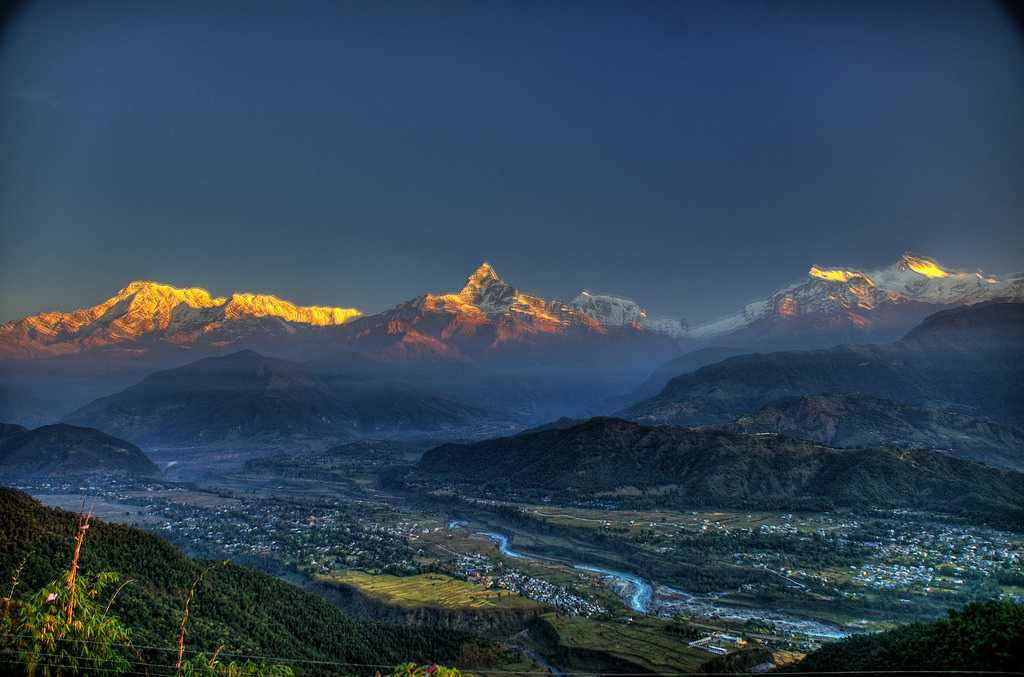
Location: North-east of Pokhara, Kaski District
Best time to visit: Throughout the year at sunrise or sunset except for cloudy days
Entry fee: Around NPR 100
5. Sagarmatha National Park
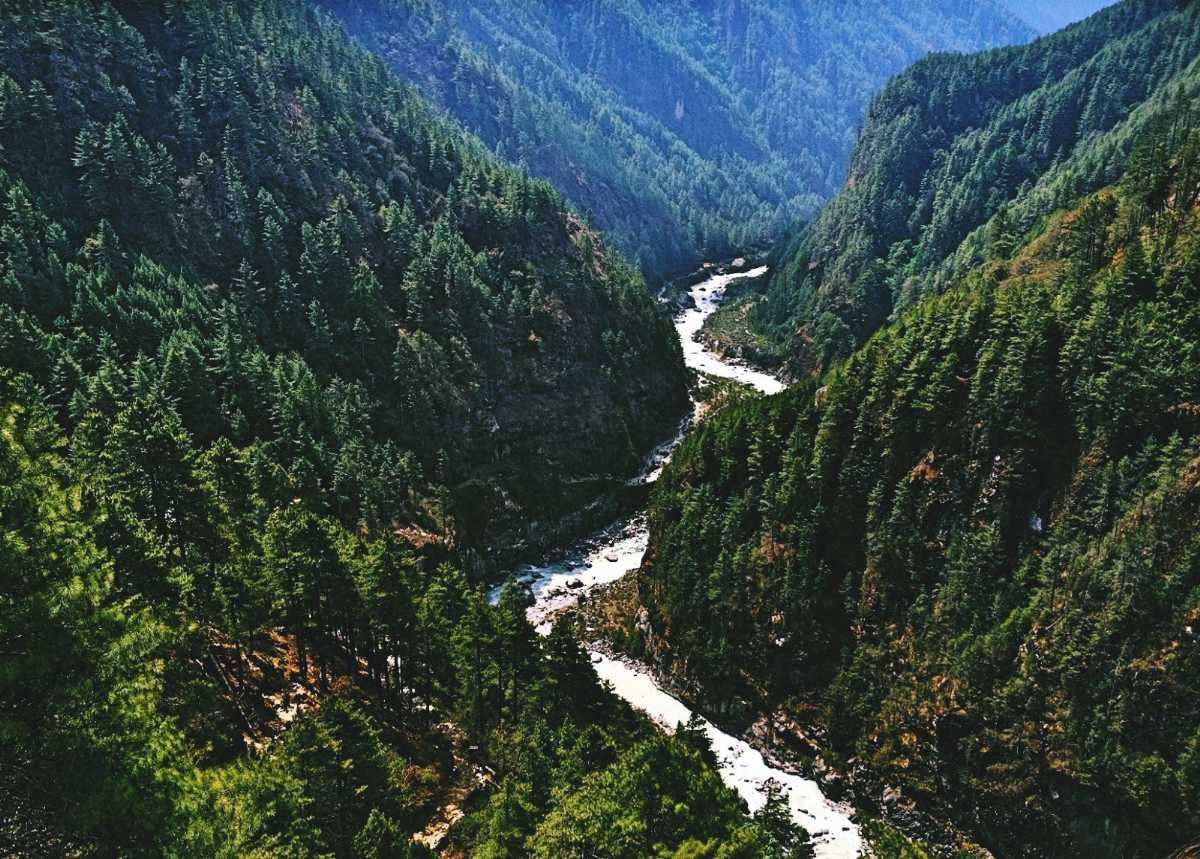
Sagarmatha National Park lies in the north-eastern part of Nepal. The prime feature of the park is that it covers a wide area with altitudes ranging from nearly 3000m to as high as 8000m. Thus, this beautiful park has varying forms of flora such as dense forests in the lower regions, mosses and lichens in the high altitudes and with zero vegetation in the highest areas. This beautiful place In Nepal is known as the home of some of the tallest peaks of the world, including Mount Everest. The Gokyo Lakes that lie inside the park at an altitude of around 5000m is believed to be the abode of Hindu God 'Nag Devata' making it a pilgrimage site for Hindus and Buddhists. Several species of animals and birds also live inside the park. A must-visit for its picturesque topography.
Location: Namche, Province No. 1, Nepal
Best time to visit: March to May and October-November
Entry fee: NPR 1695 for residents of SAARC countries, NPR 3390 for other foreigners
6. Boudhanath
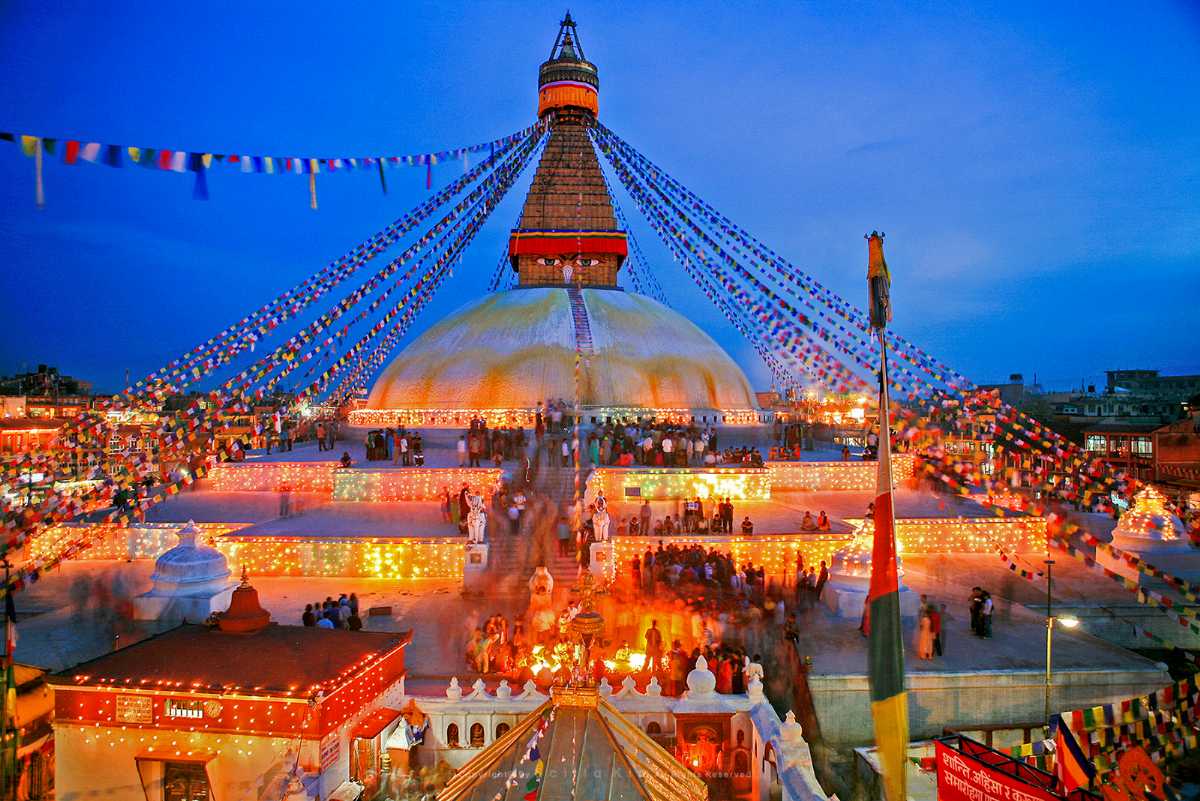
One of the biggest stupas in the world, Boudhanath has an aura and charm of its own. The UNESCO World Heritage Site is sacred for both Buddhists and Hindus alike. The exterior with the solid white dome, golden spire and numerous prayer flags paint a pretty picture along with the vibrant interiors decorated with Thangka paintings and containing large golden statues of the Lord Buddha and other Bodhisattvas. Should be visited both for its beauty and spiritual significance.
Location: Kathmandu, Nepal
Best time to visit: During the Tibetan New Year - Lhosar in February, and at other times in the evenings.
Entry fee: NPR 100 for residents of SAARC countries, NPR 400 for other foreigners
7. Barun Valley
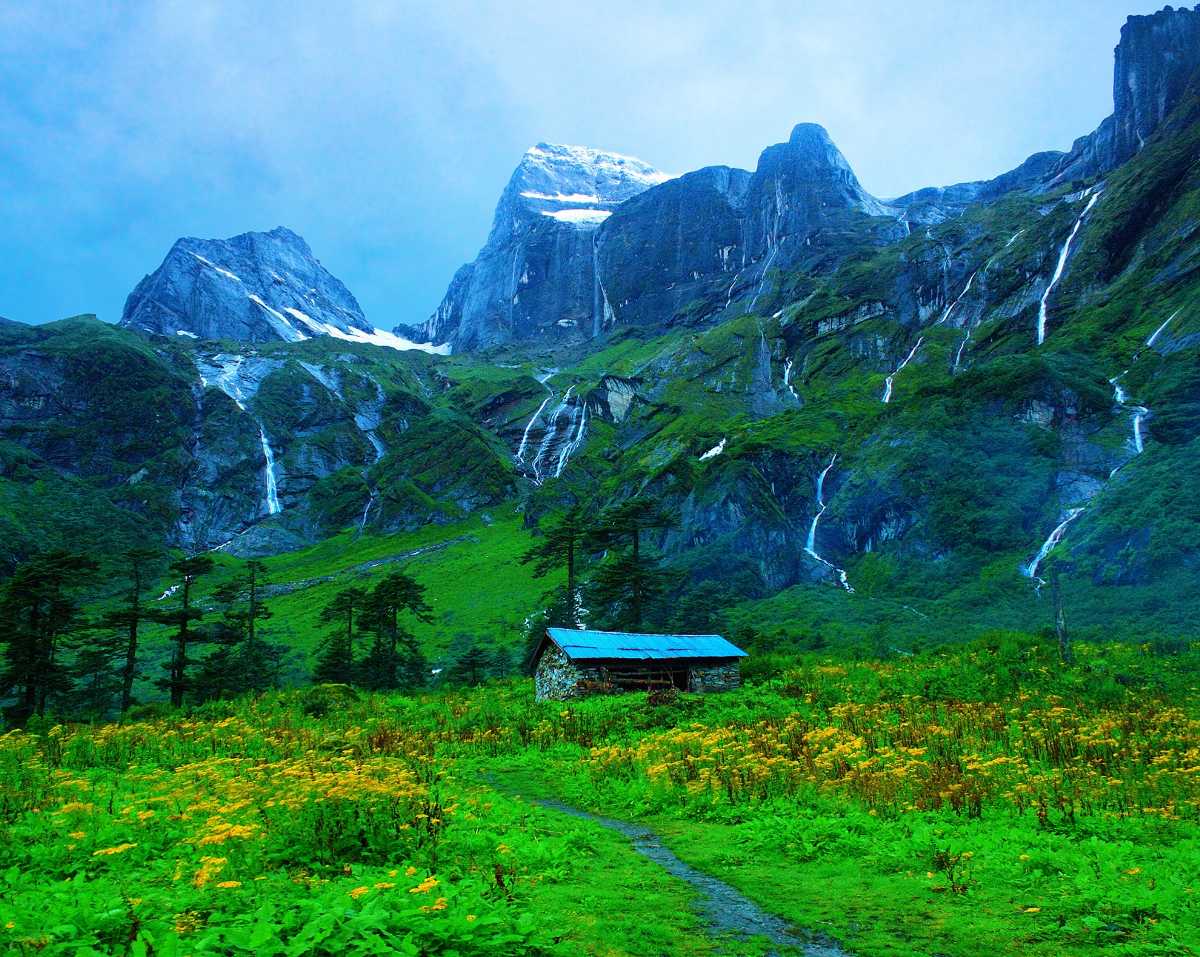
Location: Koshi Zone, Sankhuwasabha district
Best time to visit: March to May and September to November
Entry fee: NPR 1695 for residents of SAARC countries, NPR 3390 for other foreigners for entering the Makalu-Barun National Park.
8. Bhaktapur Durbar Square
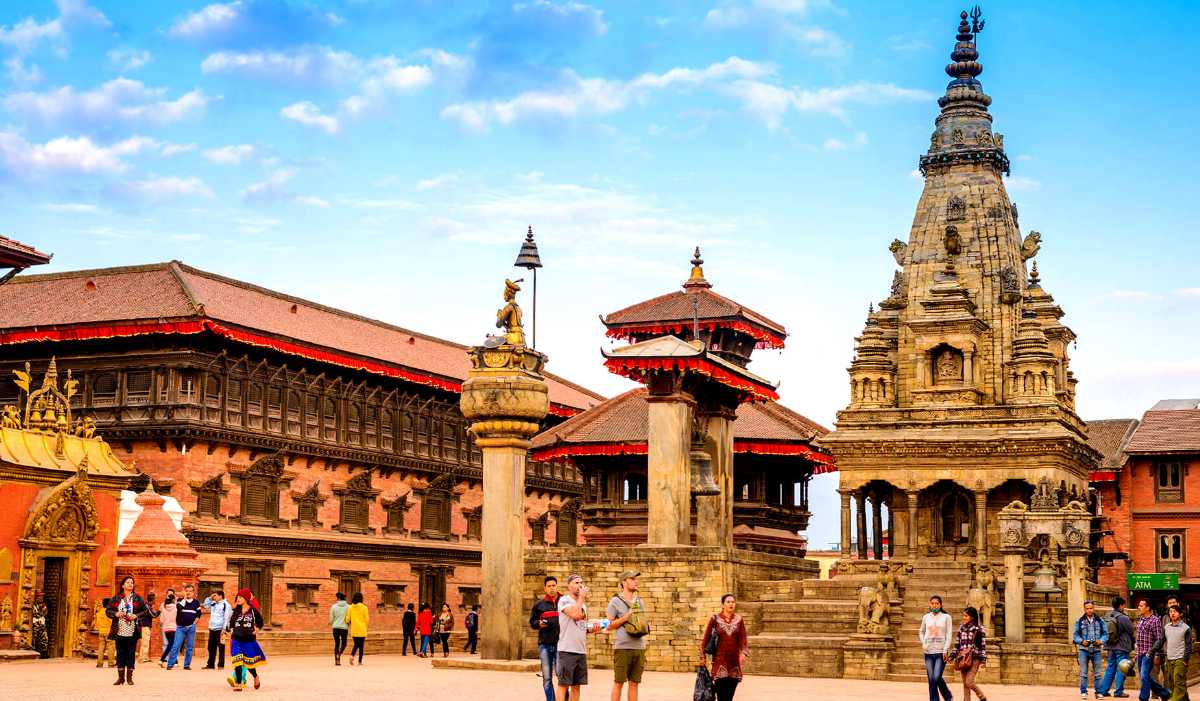
When you are in Nepal, a visit to one of its Durbar Squares is a must. These are the public areas containing centuries-old royal palaces and adjoining temples, gardens and other monuments from the times when Nepal was three separate kingdoms. Unfortunately, most of these historical places have suffered a lot of damage in earthquakes, but due to reconstruction efforts, they are still worth visiting. This beautiful place In Nepal is a great place to visit if you have a penchant for history. The entire area consists of four main squares where you can spot temples dedicated to various Hindu deities like Bhairava, Pashupatinath, Krishna and Shiv-Parvati, gates like Lion Gate and Golden Gate, the 55 Window Palace, statue of King Bhupatindra Malla, and many such beautiful structures portraying the intricate artwork of the craftsmen back then. Old is gold, as they say!
Location: Bhaktapur, Nepal
Best time to visit: All times
Entry fee: NPR 500 for residents of China and SAARC countries, NPR 1500 for all other foreigners
9. Panch Pokhari
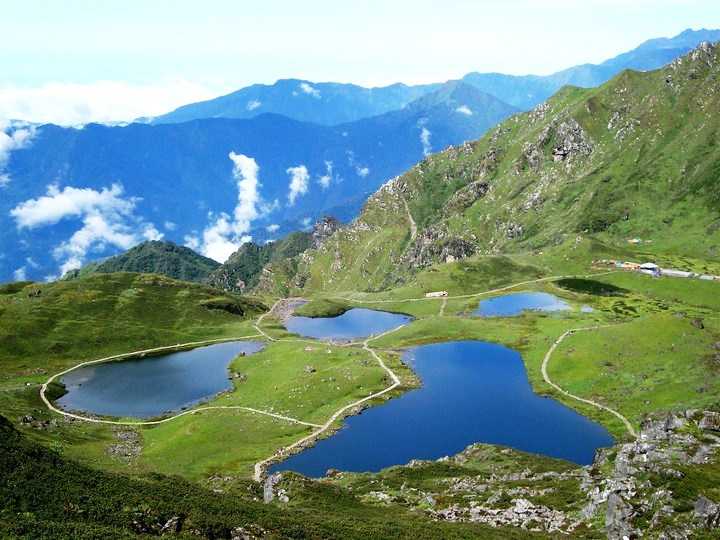
Location: Bhotang, Sindhupalchowk District
Best time to visit: March to May and September to November
10. Annapurna Base Camp
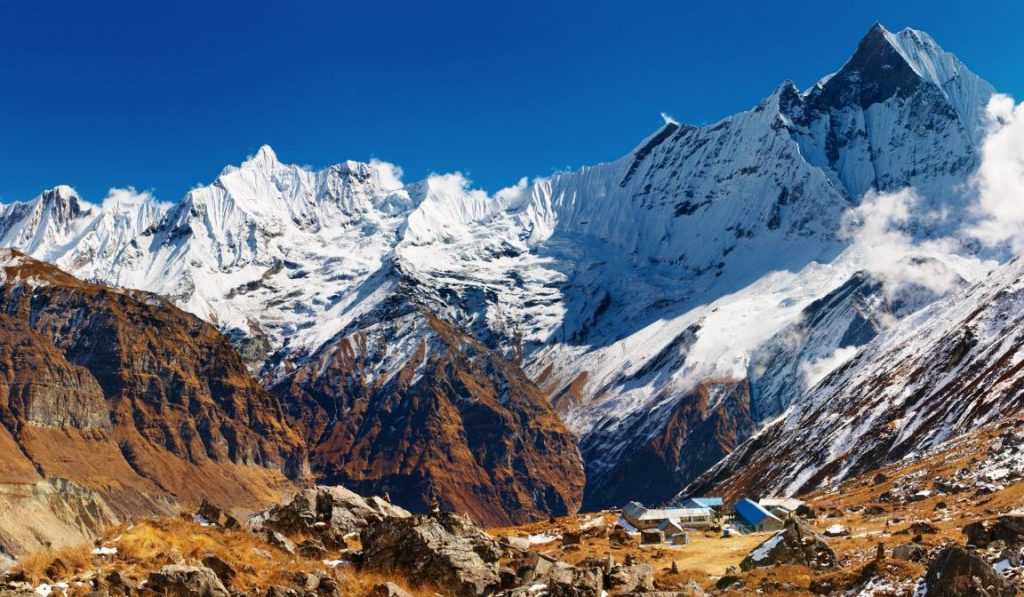
The Annapurna Base Camp, lying at an altitude of 4130m, gives you close enough views of the Annapurna Massif, Manaslu, Gangapurna, Machhapuchhre and many other mountain peaks without actually summiting them. The trek to the Annapurna Base camp is not easy. Still, throughout the path, you will be greeted with astonishing views that include everything from villages, paddy fields, beautiful rhododendron trees, dense subtropical to alpine forests, rivers and waterfalls and massive snow-covered mountains. The path passes through the Annapurna Sanctuary which is the abode of a zillion wildlife species. A lifetime experience indeed!
Location: Central area of Nepal, north of Pokhara
Best time to visit: October-November
Entry fee: NPR 226 for residents of SAARC countries, NPR 2260 for other foreigners for entering the Annapurna Conservation Area
11. Lumbini
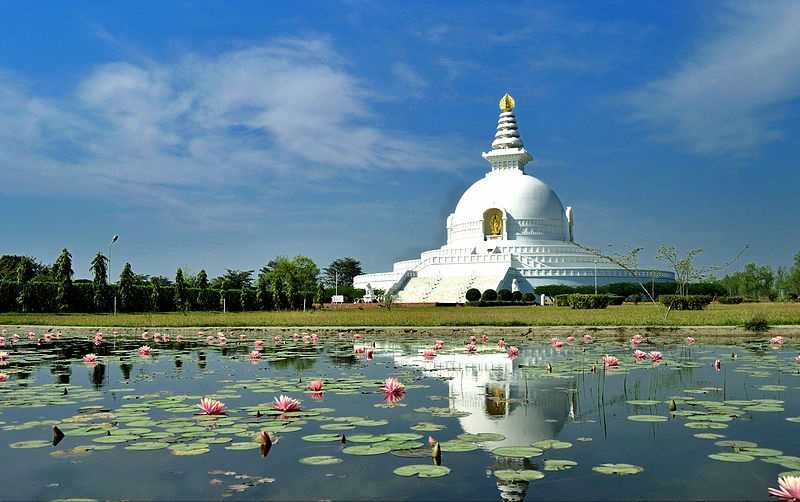
Location: Rupandehi District, Nepal
Best time to visit: During Buddha Jayanti in April-May
Entry fee: NPR 16 for Indians, NPR 100 for residents of other SAARC countries, NPR 200 for other foreigners. The museum has separate entry fees of NPR 50 for all foreigners.
12. Langtang National Park and Gosaikunda Lake
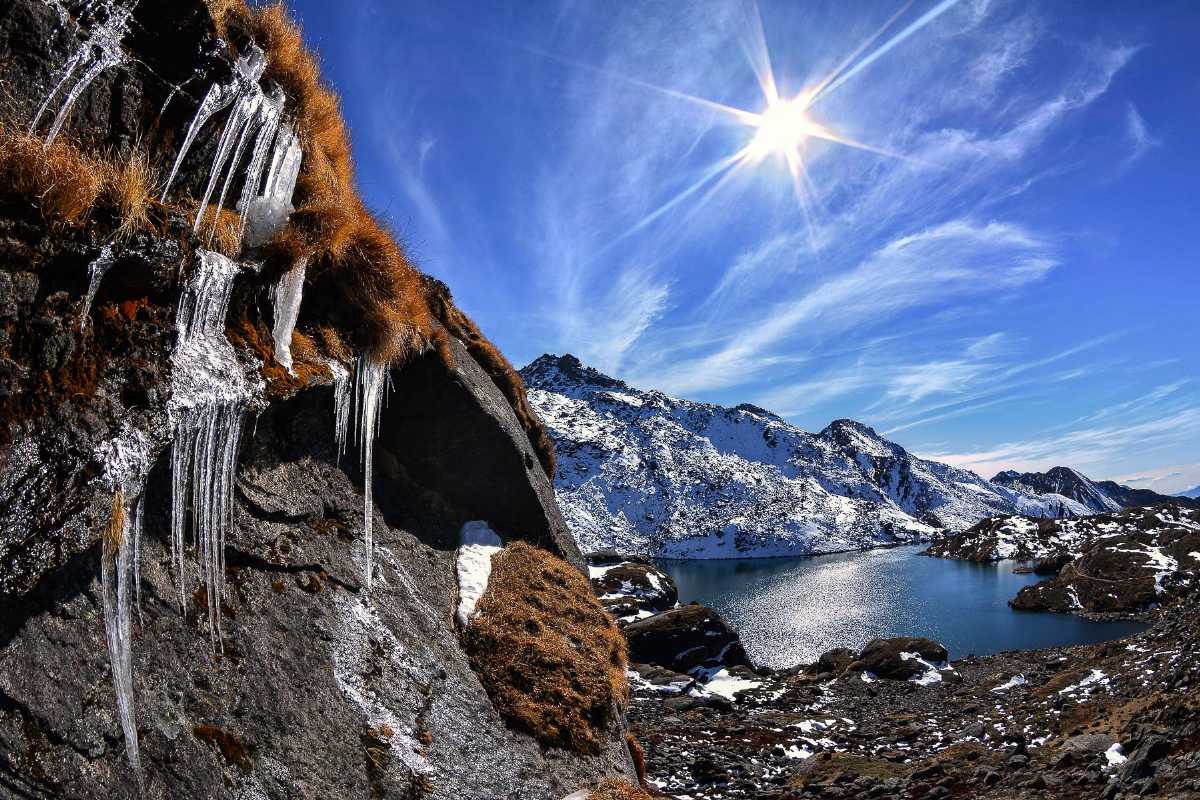
Langtang National Park seems to be the closest area to Kathmandu that lets you see the unique Himalayan biodiversity from up close. Elevations vary to a great extent inside the park, thus enabling you to witness a diverse array of vegetation and wildlife. Think of pretty blooms such as rhododendrons, lush green areas of oak, sal and hemlock trees, grassy meadows and creatures like red pandas, leopards, and wild boars.
The Gosaikunda Lake inside the park holds extreme religious significance to the Hindus, so much so that the treacherous monsoon trails does not deter pilgrims from taking a dip in the lake in August during Janai Purnima. There are multiple myths and legends associated with the lake; for instance - the lake was formed when Lord Shiva hit the mountain with his Trishul for some drinking water after he had swallowed poison and became the Neelkanth! The lake remains frozen for a major part of the year, so chances are you might be able to walk on it!
Location: Helambu, Nepal
Best time to visit: September-October
Entry fee: NPR 1695 for residents of SAARC countries, NPR 3390 for other foreigners
13. Upper Mustang
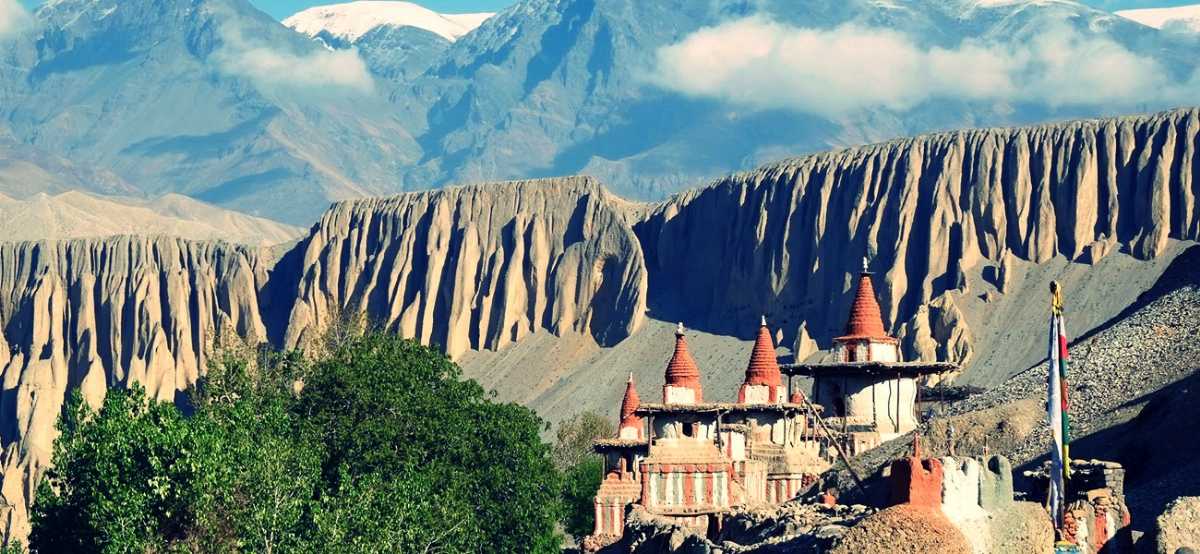
Upper Mustang lies north of the Himalayan mountain ranges, and you will find the culture here to be vastly different from the rest of Nepal. This is because the place was separated from the rest of the country and an independent kingdom until the 18th century. The place was even a part of an ancient trade route between India and Tibet. If you are lucky enough to get a chance to visit Upper Mustang (because the number of tourists are restricted), you will witness a lovely land with snowy mountains, hills in colours like yellow, orange and brown, numerous caves, the Gandaki river, the sacred Muktinath Temple. For people opposed to the idea of trekking, the place is accessible by jeep or flight. However, exploration of the kingdom has to be done on foot or mountain bikes.
Location: Dhawalagiri zone, northern Nepal
Best time to visit: June to September, as the place, lies in a rain shadow area
Entry fee: NPR 54,985 is the price of the permit that is required to visit Upper Mustang
14. Pashupatinath Temple
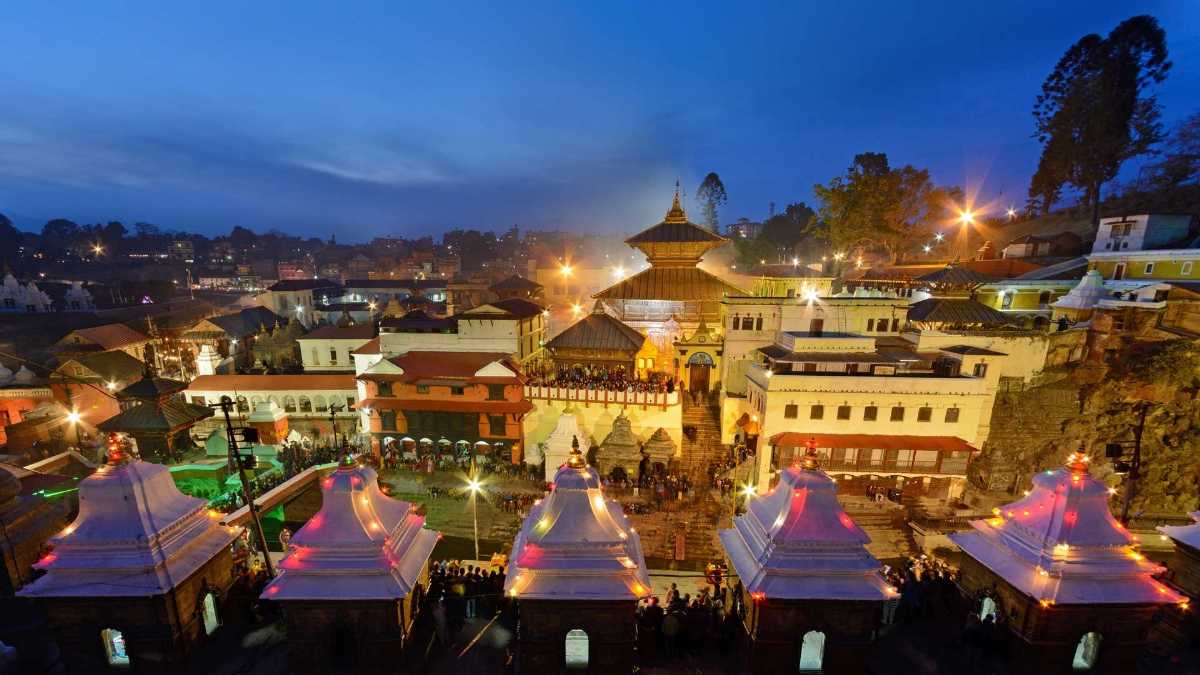
Pashupatinath is one of the best and holiest temples in the country, and this is evident from the plethora of tourists, as well as locals visiting it every day. The temple is the abode of the national deity of Nepal - Lord Pashupatinath (an avatar of Lord Shiva) and gives you a fine example of the pagoda style architecture. It is not a single temple but a cluster of as many as 518 temples, monuments and ashrams. The main temple is, however, accessible only to Hindus.
Location: Kathmandu, Nepal
Best time to visit: All months except on Shivaratri and Teej when it remains excessively crowded
Entry fee: Free for Indians, NPR 1000 for other foreigners
15. Siddha Gufa
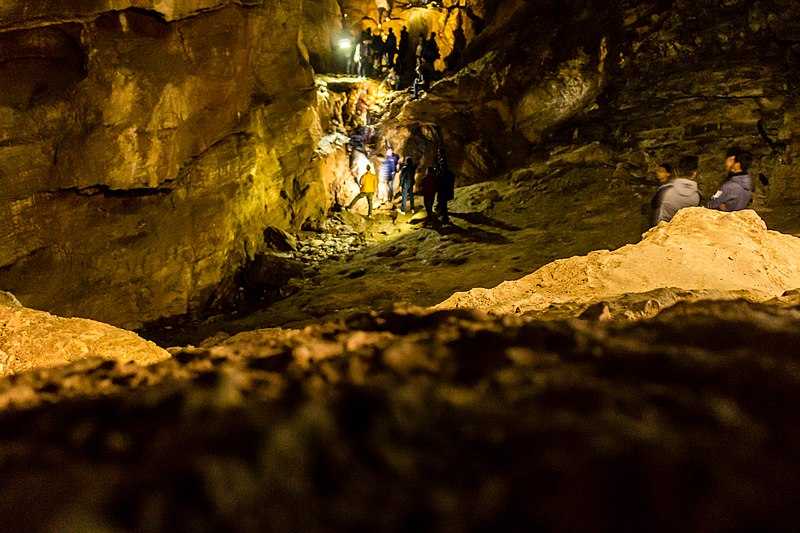
Unlike most of the places listed here that requires you to trek and reach high altitudes, Siddha Gufa requires you to go underground! The largest cave in Nepal, it can be reached either from Bandipur or from Bimalnagar, the former being more popular among tourists. Once you go inside the cave, you will see an amazing topography consisting of stalagmites, stalactites and limestone formations. It is dark inside with hardly any sunlight penetration, so you will require torches to look around. The entire unique experience in this beautiful place In Nepal will give you the feels of a real explorer!
Location: Bimalnagar, Tanahu District
Best time to visit: Any time
Entry fee: Around NPR 100
16. Tilicho Lake
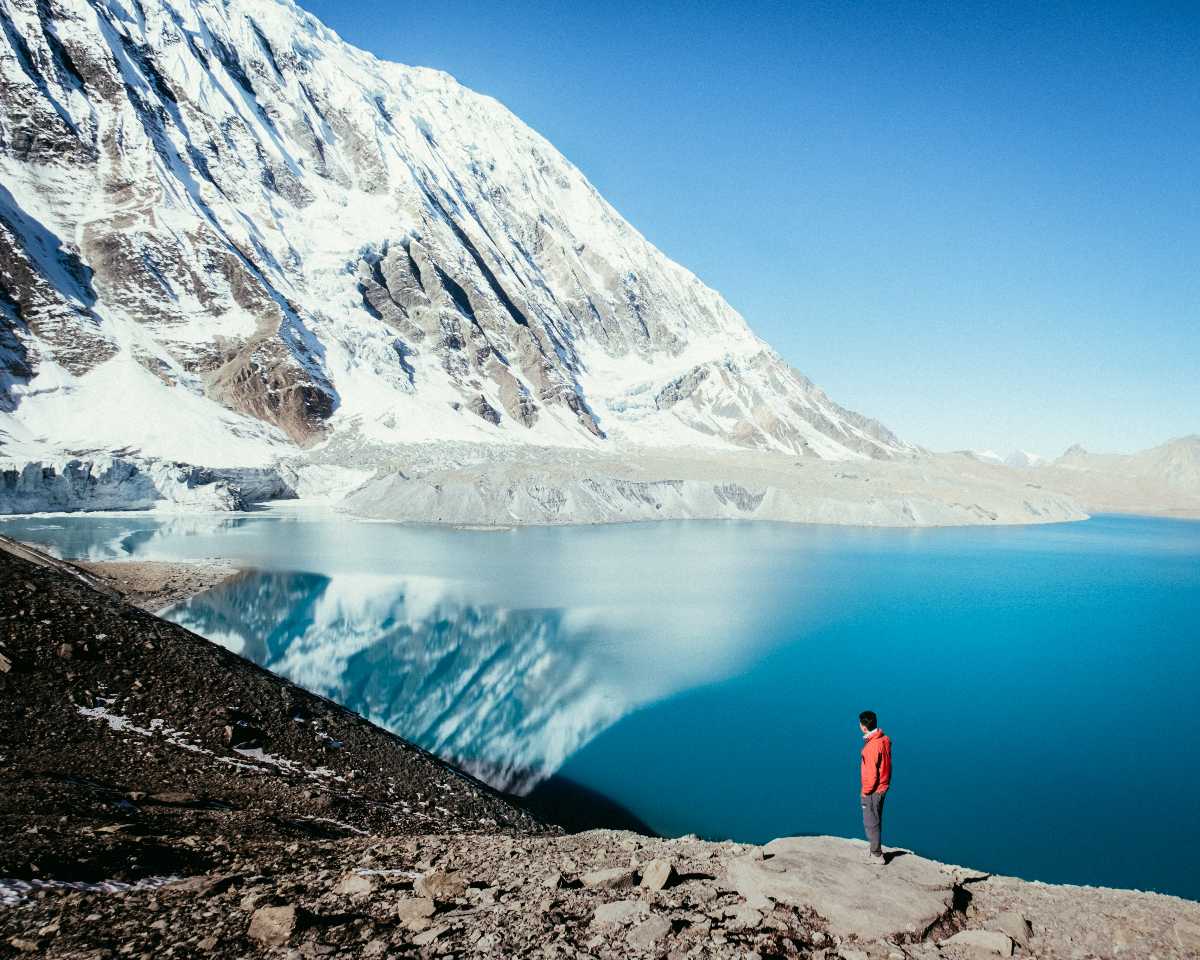
Another high altitude lake in Nepal, Tilicho Lake is mostly visited by trekkers trekking to the Annapurna Base Camp or Muktinath. Standing at an elevation of 4919m above sea level, the crystal-clear turquoise lake is surrounded by glaciers and mountains in colours of brown and white - Muktinath peak, Nilgiri, Khangsar and Tilicho; it surely makes for a sight to behold! Tilicho Lake was even the site of a high-altitude scuba dive, but no living creature was detected inside the lake. It is. One of the largest ever lakes in the world situated at such an altitude.
Location: Annapurna, Manang District
Best time to visit: March to May and September to November
Entry fee: NPR 226 for residents of SAARC countries, NPR 2260 for other foreigners for entering the Annapurna Conservation Area inside which falls the lake
17. Kopan Monastery
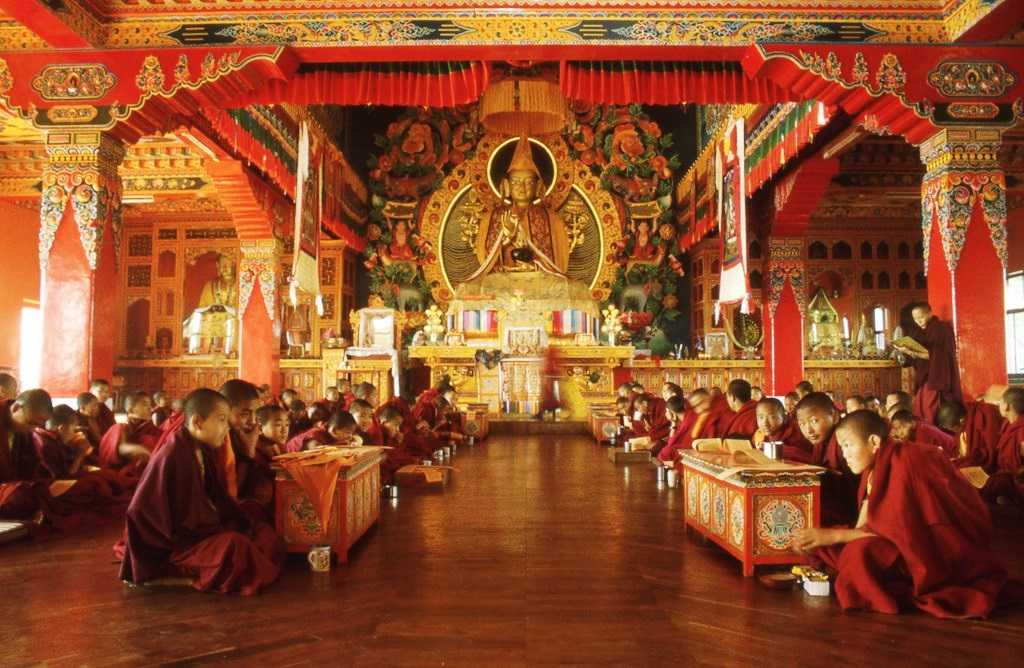
Nepal has a zillion monasteries, and Kopan monastery is said to be one of the most beautiful. Lying on a hillock and in front of a large Bodhi tree, the place offers scenic views of Kathmandu city and the nearby mountains. It is also a great place for meditation and learning about the principles of Buddhism and life in a monastery. The courses are available to all people irrespective of race, caste or religion.
Location: Budhanilkantha Municipality, Kathmandu
Best time to visit: Any time of the year in the mornings
18. Rara Lake and National Park
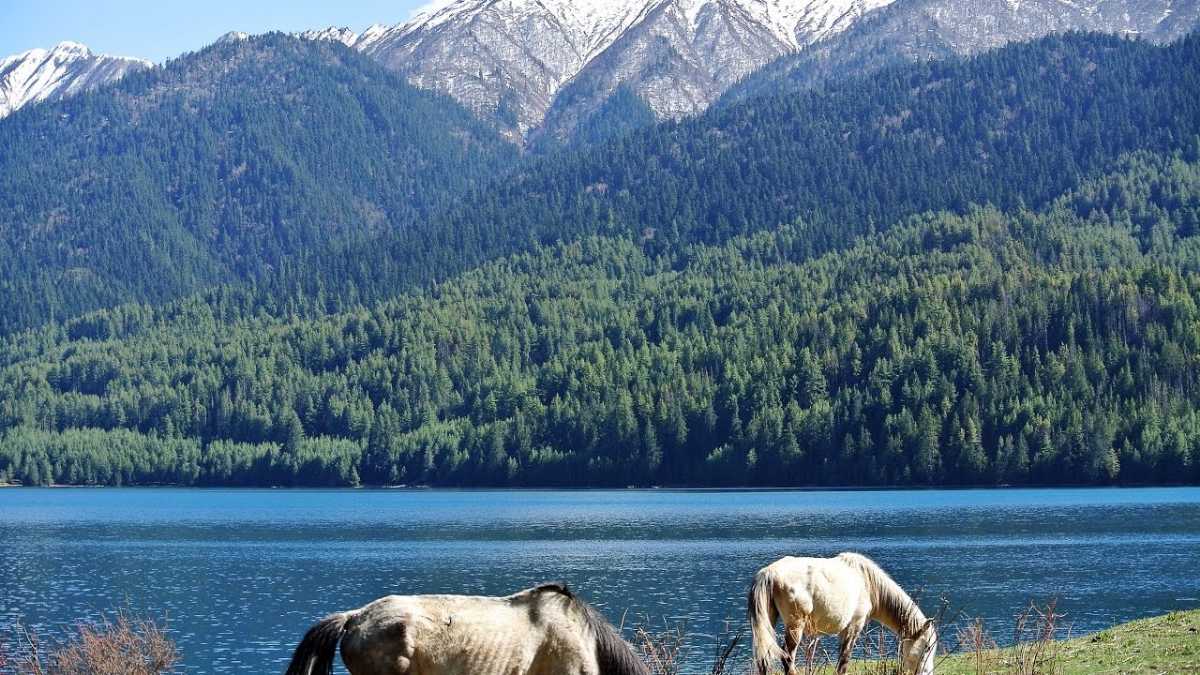
Rara National Park is the smallest in Nepal and quite contrastingly, borders the Rara Lake, which is the biggest and deepest freshwater lake in the country. Despite being small compared to other national parks, it houses over 1500 species of flora and fauna including indigenous Himalayan creatures like snow leopards, red pandas, Himalayan Tahrs and Himalayan black bear. The place is hardly frequented by tourists, thus enabling it to retain its pristine state.
Location: Parts of Mugu and Jumla districts, Nepal
Best time to visit: April-May and September-October
Entry fee: NPR 1695 for residents of SAARC countries, NPR 3390 for other foreigners
19. Poon Hill
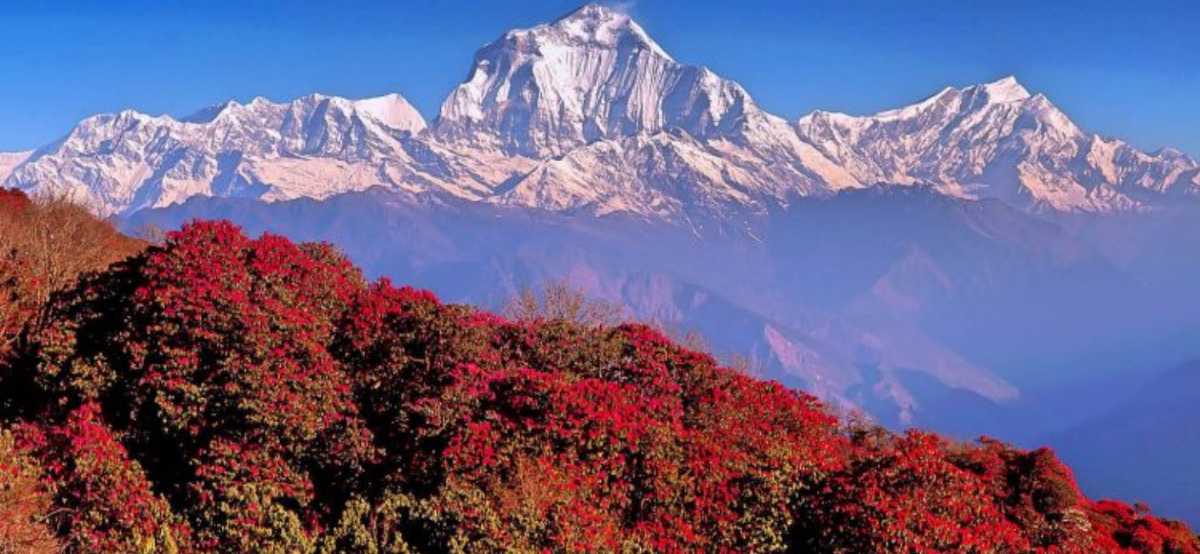
Location: Ghorepani, North-Central Nepal
Best time to visit: March to May and September to November
Entry fee: NPR 226 for residents of SAARC countries, NPR 2260 for other foreigners for entering the Annapurna Conservation Area
20. Shey Phoksundo Lake
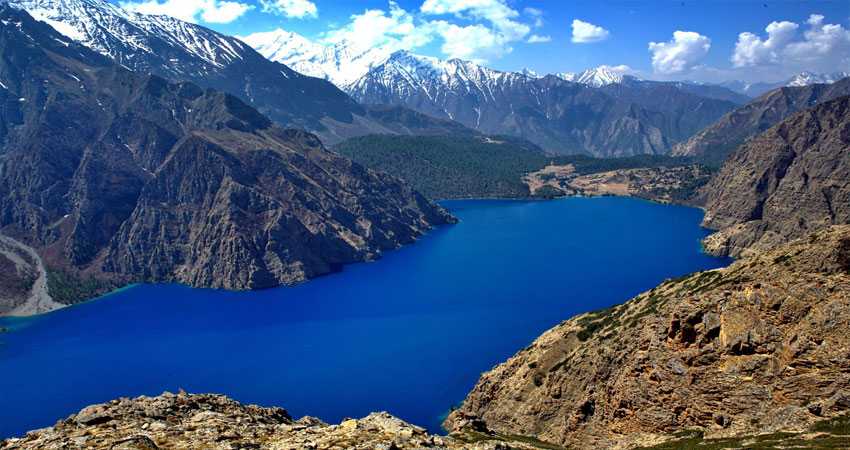
A visit to Shey Phoksundo Lake, Nepal's second deepest lake, will transport you to another world! The alpine lake is encircled by mountains in colours of green and white - some covered with forests, some with snow, and a Buddhist village named Ringmo lie on its southern side. Just as much as the site, the trail leading to it is equally amazing. Think about viewing rivers and steep waterfalls, rocky cliffs, juniper and pine forests and also animals like musk deer, blue sheep, Himalayan tahr, etc., within the Shey Phoksundo National Park as it lies. You can even stay in accommodation in the village, from where you can wake up to a splendid sunrise atop the mountains! Besides, don't forget to go and explore the many monasteries and stupas in the area.
Location: Dolpo District, Nepal
Best time to visit: March to November
Entry fee: NPR 1695 for residents of SAARC countries, NPR 3390 for other foreigners
